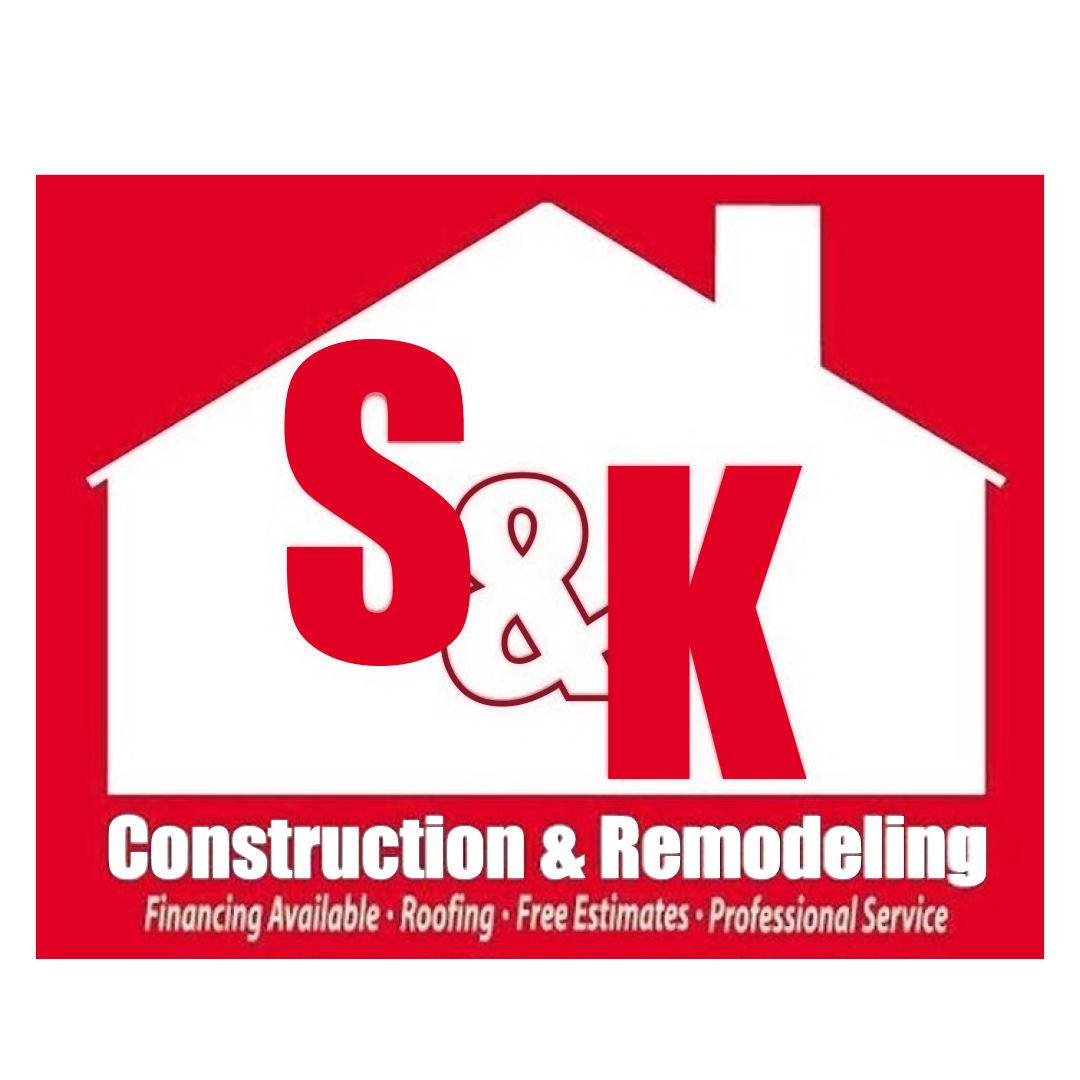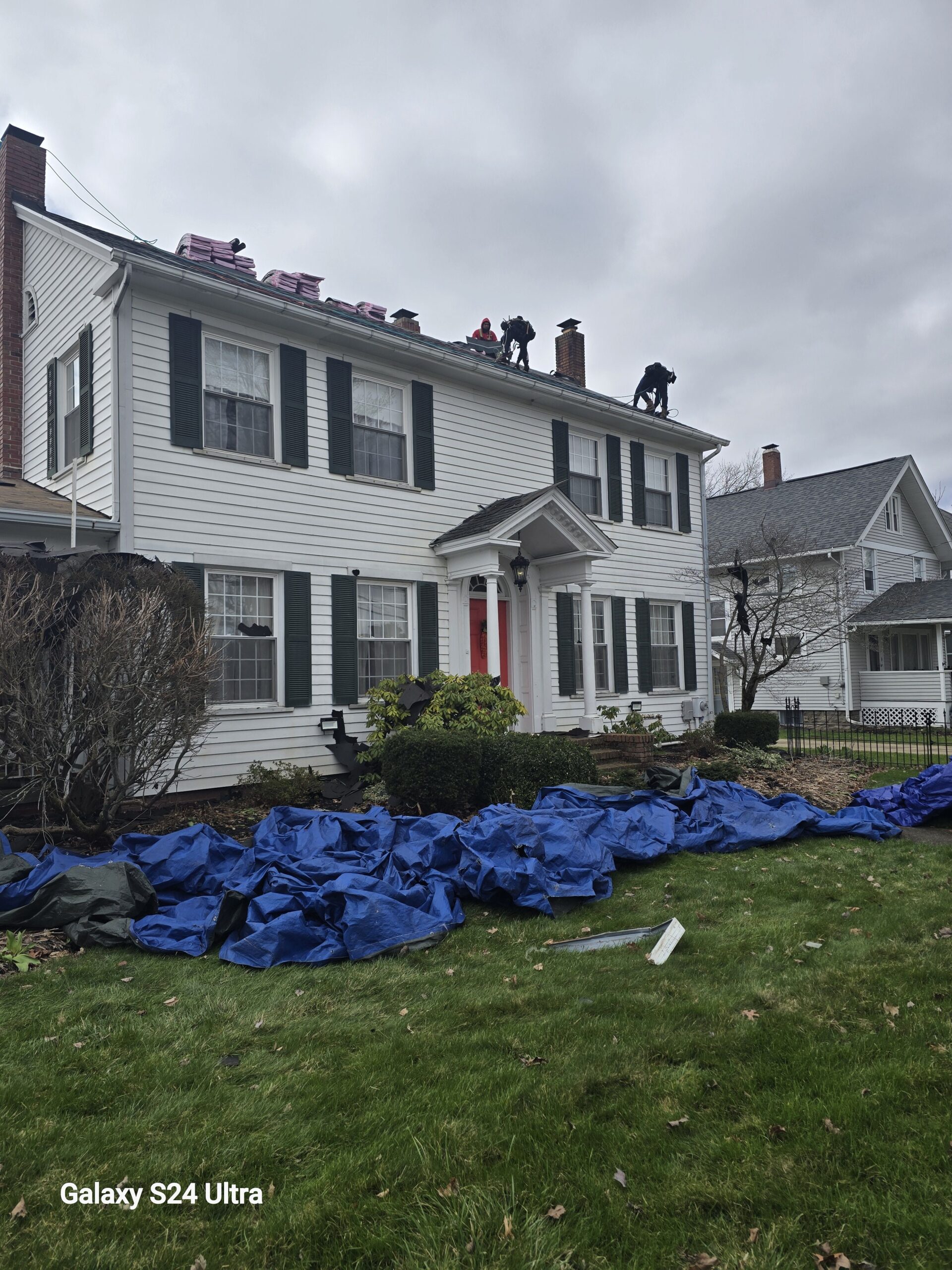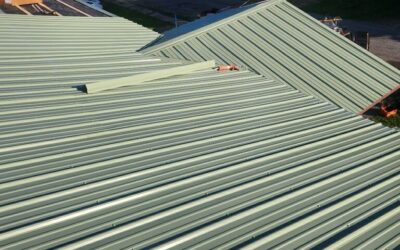Commercial Roof Drains and Drainage Systems: A Comprehensive Guide
Effective roof drainage is crucial for the longevity and safety of commercial buildings, especially those with flat or low-slope roofs. Without proper drainage, water accumulation can lead to structural damage, interior leaks, and compromised building integrity. This guide delves into the importance of commercial roof drainage systems, their types, components, maintenance practices, and best practices for ensuring optimal performance.
The Importance of Proper Roof Drainage
Commercial roofs are designed to protect buildings from environmental elements. However, their flat or low-slope nature makes them susceptible to water pooling if not equipped with efficient drainage systems. Standing water can lead to:
- Structural Damage: Excessive water weight can strain the roof structure, leading to potential collapse.
- Membrane Deterioration: Prolonged water exposure can degrade roofing materials, reducing their lifespan.
- Interior Leaks: Water infiltration can damage insulation, ceilings, and interior finishes.
- Mold and Mildew Growth: Persistent moisture creates an environment conducive to mold, posing health risks.
Implementing an effective drainage system mitigates these risks, ensuring the building’s structural integrity and occupant safety.
Types of Commercial Roof Drainage Systems
Understanding the various drainage systems helps in selecting the most suitable one for a building’s design and location.
1. Interior Drains
These are installed at low points on the roof, channeling water through internal piping systems away from the building. They are ideal for large roofs and urban settings where external drainage isn’t feasible.
2. Scuppers
Scuppers are openings on the sides of parapet walls, allowing water to drain off the roof’s edge into downspouts or gutters. They are effective for buildings with minimal roof slopes.
3. Siphonic Drainage Systems
Utilizing the principle of negative pressure, siphonic systems rapidly remove large volumes of water through smaller diameter pipes without the need for slope. They are efficient and reduce the need for multiple drain outlets.
4. Overflow Drains
These serve as backup systems, activating when primary drains are overwhelmed, preventing water accumulation and potential roof damage.
Key Components of Roof Drainage Systems
A well-designed drainage system comprises several components working in unison:
- Drain Domes: Protect the drain inlet from debris, ensuring unobstructed water flow.
- Strainers: Filter out debris, preventing clogs in the drainage system.
- Drain Bodies: Connect the roof surface to the piping system, facilitating water transfer.
- Piping Systems: Transport water from the roof to the ground or stormwater systems.
- Flashings: Seal the junction between the drain and roof membrane, preventing leaks.
Materials Used in Roof Drains
The choice of materials affects the durability and performance of drainage systems:
- Cast Iron: Known for its strength and longevity, suitable for high-traffic areas.
- Stainless Steel: Offers corrosion resistance, ideal for environments with chemical exposure.
- PVC: Lightweight and cost-effective, commonly used in modern constructions.
Maintenance Practices for Optimal Performance
Regular maintenance ensures the longevity and efficiency of roof drainage systems:
- Routine Inspections: Conduct bi-annual checks, especially after heavy storms, to identify and address potential issues.
- Debris Removal: Clear leaves, dirt, and other debris from drains and gutters to prevent blockages.
- Check for Leaks: Inspect for signs of water infiltration or damage around drain areas.
- Test Drainage Flow: Ensure water flows freely through the system without pooling.
Best Practices for Designing Effective Drainage Systems
When planning or upgrading a roof drainage system, consider the following:
- Assess Roof Slope: Ensure the roof has adequate slope to direct water towards drains.
- Calculate Drainage Capacity: Design the system to handle maximum expected rainfall, considering local climate data.
- Strategic Drain Placement: Position drains at low points and areas prone to water accumulation.
- Incorporate Redundancy: Include overflow drains to handle excess water during extreme weather events.
Conclusion
An effective commercial roof drainage system is vital for protecting a building’s structural integrity, ensuring occupant safety, and prolonging the roof’s lifespan. By understanding the types, components, and maintenance practices associated with these systems, property owners and managers can make informed decisions to safeguard their investments.
Note: This article provides an overview of commercial roof drainage systems. For specific guidance tailored to your building’s needs, consult with professional roofing and drainage experts.
 (440) 307-2060
(440) 307-2060



